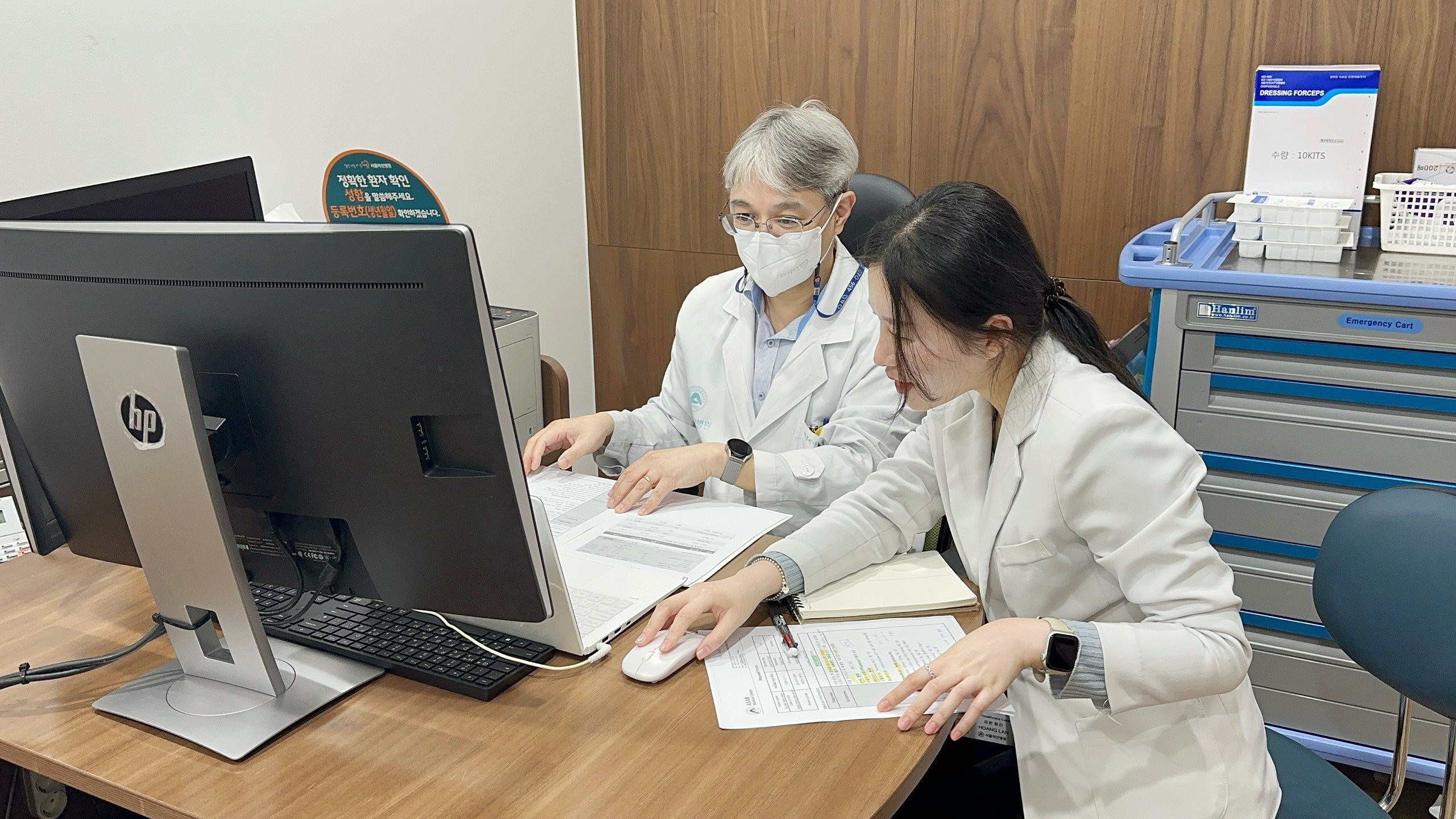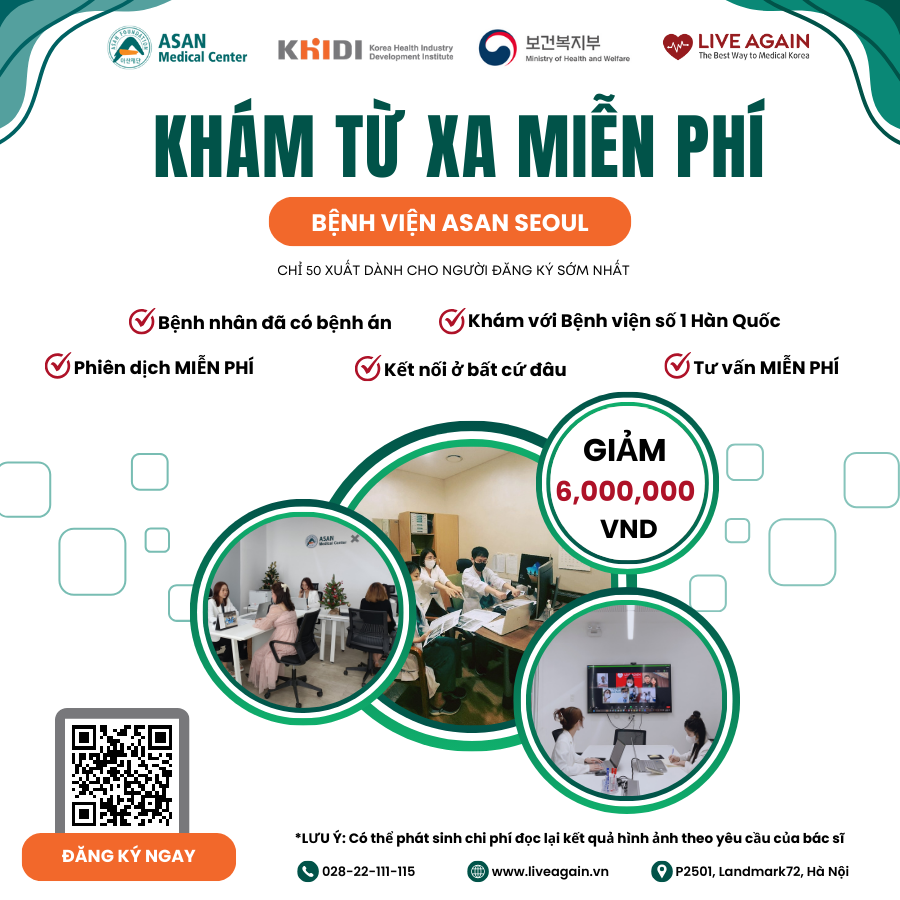Why should you come to Korea to treat heart diseases? The answer is that Korea is a country with many advanced procedures that can treat heart diseases.
- Intervention Certificate System
The Korean society of interventional cardiology (KSIC) takes the lead in the intervention certification system for the quality management of institutions and interventional cardiologists. Currently, there are about 90 institutions and 400 interventional cardiologists in Korea who have been certified by KSIC for their practices.
- Pioneer of Left Main Coronary Artery Procedure
In Korea, even during the period when these procedures were prohibited in the guidelines, the intervention and stent procedure were introduced to treat the left main coronary artery lesion to lead the left main coronary artery intervention. For the current change and update in the guidelines that enable performing a stent procedure for the left main coronary artery lesion, the effort and experience of Korean interventional cardiologists made important contributions. While Korea is leading the left main coronary artery intervention, the expertise of each institution and interventional cardiologist has been accumulated and from which, safe and effective treatment is generally being laid out and performed for the left main coronary artery lesion.
- Leader of Cardiovascular Physiology
With the technology of evaluating cardiovascular physiology, a strategy of selectively inserting a stent into a lesion where significant ischemia is found has been actively accepted by Korea to lead the world’s medicine and procedural skills. These efforts by Korea made large contributions to charge various guidelines so that the ischemic degree must be objectively evaluated first before performing intervention.
- High Performance Rate of Radial Artery Approach Procedure
By comprehensively considering various parameters such as the status of the patient, location and form of the lesion, complexity of the procedure, degree of the emergency, etc, the appropriate route between the femoral artery and radial artery is determined for intervention. Recent studies report that a procedure using the radial artery can reduce complication occurrences and enable moving, in an short time so that the subjective satisfaction of the patient can be improved. Currently, in about 30% of cases in the United States, the radial arteries are used, but in 60% of cases in Korea, the radial arteries are used so that Korea’s interventional technology is leading the world.








